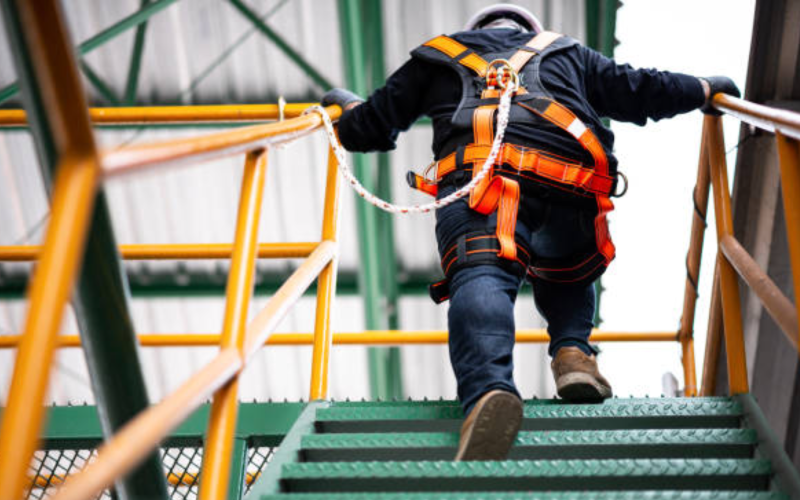
Local council fined after fatal injury of school caretaker
Working at height includes a much broader range of tasks than the title may suggest, which may explain why falls from height were responsible for the highest number of fatal accidents amongst workers (29 fatalities) during the period 2021 - 2022.
In a recent case, a caretaker at a school was cleaning the roof of a bicycle shelter using a telescopic surface cleaner, a broom and a small ladder. A fall of only 2.5 metres onto a tarmacked surface, resulted in the death of the caretaker and a fine of £66,666 for the local council.
An investigation by the Health and Safety Executive (HSE) found the employer failed to ensure the activity was properly planned, appropriately supervised and carried out using a safe work method.
Working from height means working in any place where, if precautions were not taken, a person could fall a distance liable to cause personal injury.
Operatives work at height if they:
- work above ground/floor level
- could fall from an edge, through an opening or fragile surface or
- could fall from ground level into an opening in the floor or a hole in the ground
There are many instances where a landscape worker may be required to work at height but the risks associated with the task are not obvious. For example, an operative is also working at height if they are close to a retaining wall during a mowing activity.
Analysis by HSE of accidents involving a fall from height has revealed in many cases safe access had not been provided. Where regular or frequent access to height is required, permanent safe access arrangements should be installed.
The HSE have produced a useful guide for employers which highlights the considerations required where operatives are required to work from height. See the further reading section below for more information.
Further reading
